#21. Valerian Abakovsky’s Super-Fast Train
Soviet inventor Valerian Abakovsky left his mark in world history after creating a super-fast train in 1917. The so-called Aerowagon reached maximum speeds of nearly 150 kilometers per hour, which was unheard of by that time. When Soviet leaders found out about Abakovsky’s creation, they asked him to perform a test run of the new vehicle.
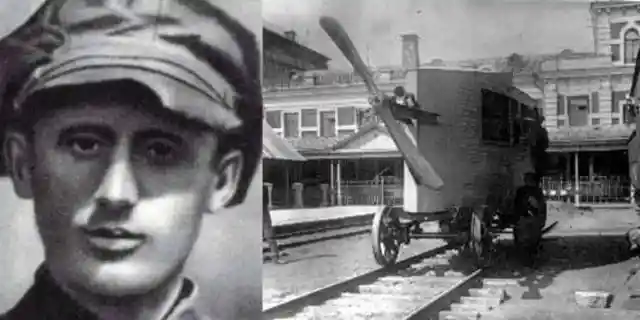
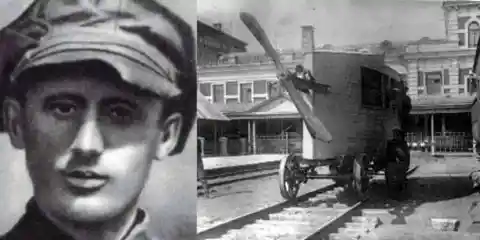
The train was tested in July 1921, after traveling 200 km from Moscow all the way to Tula. But while this first trip proved to be a great success, the return trip was a total tragedy. The train derailed right when it was reaching full speed, killing 16 of the 22 people on board, including ABakovsky himself.
#20. Aurel Vlaicu’s Plane
Born in Romania, Aurel Vlaicu had always dreamt of building his own plane and flying across the mountains ever since he was a little kid. He went on to study engineering in Germany and made hundreds of sketches and models of planes out of only wood and rubber. But over the years, he began making bigger models, and in 1910 he flew his own plane for the first time.
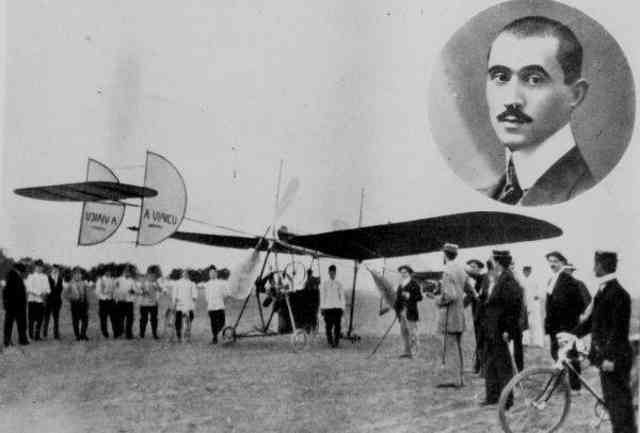
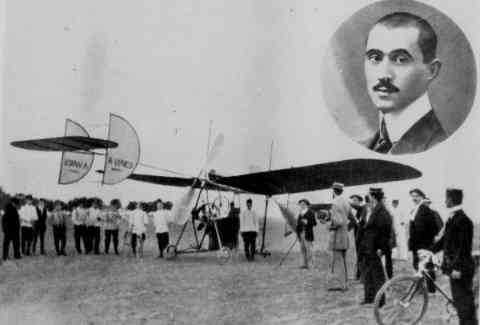
He designed his first powered plane in 1913, and after flying over flat surfaces, he set out to fly over Romania’s Carpathian Mountains. However, his plane came down and crashed against the mountains during a practice run, killing him on the spot. To this day, Vlaicu is regarded as a martyr and a hero by the Romanian people, and for good reason.
#19. Henry Smolinski’s Car-Plane Hybrid
Henry Smolinski was an American aeronautical engineer who co-founded the powerful firm Advanced Vehicle Engineers (AVE). Based in California, this American firm competed with others of its kind in the attempt of building the first car-plane hybrid ever.


Smolinski completed his first car-plane prototype in 1973 and he hired himself a pilot to perform the test flight, but they had to make an emergency landing once they realized the right wing was about to fall off. Smolinski decided to fly his creation for himself, but while he managed to take off, the right wing soon folded, causing the plane to hit the ground and explode. It’s needless to say that he didn’t survive the accident.
#18. William Bullock’s Printing Press
William Bullock is most famous for having invented the web rotary printing press in 1863. His invention revolutionized the printing industry as it made printing faster and thus more profitable. But was he really killed by a printing machine?
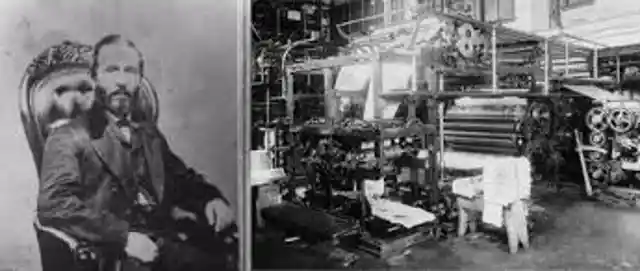

One day in 1867, Bullock was touring through the offices of the Philadelphia Public Ledger, a newspaper that had recently bought one of his printing presses. He was asked to repair one of the machines, but his leg got caught in the driving belt while doing so. The bleeding was so bad that his leg had to be amputated, but he tragically died after the operation. Tough luck!
#17. Otto Lilienthal’s Flying Man
Born in Germany, Otto Lilienthal is yet another famous inventor who left his mark in aviation history. Born in the 1840s, he spent years trying to design his own glider, and even built an artificial hill near Berlin from where to launch himself in the air upon its completion.


He completed his first prototype glider in 1891 and flew it in front of a massive audience successfully. All in all, he carried out over 2,000 flights, earning him the name of “Flying Man”. However, in 1896, he fell from a 15-meter height during one of his flights, breaking his neck. He died the following day but left his mark in history, as the Wright Brothers used his designs before building the first airplane.
#16. Francis Edgar Stanley’s Steamer Car
Francis Edgar Stanley will always be remembered as the man who created the so-called Stanley Steamer, one of the USA’s most popular vehicles. His brother, Freelan, also reached worldwide fame after becoming the first person to ever drive a car to the top of Mount Washington.
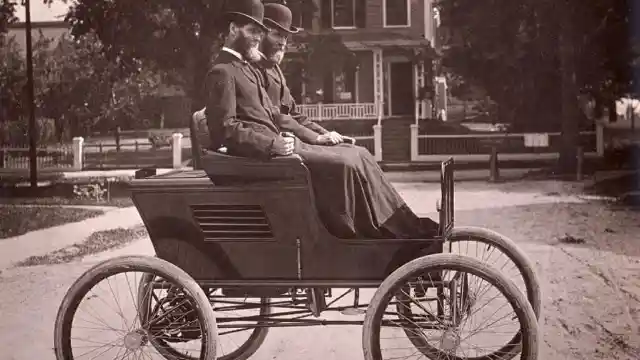
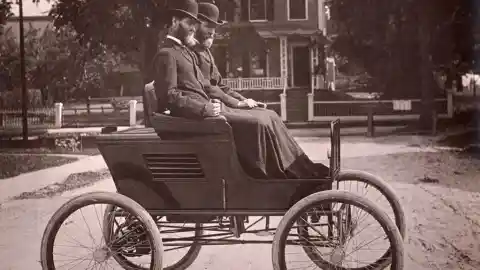
In 1906, Stanley Steamer set a new record after riding his own car at 204 kilometers per hour. But over a decade later, in 1918, he was driving along the highway when he suddenly swerved his car to avoid hitting a horse-drawn carriage, crashed into a log. He died on the spot, and after his death, his firm, the Stanely Motor Carriage Company, quickly went into bankruptcy.
#15. Thomas Andrew’s Titanic
On April 15, 1912, the passenger ship RMS Titanic tragically sunk after hitting an iceberg, causing the death of over 1,500 passengers. But have any of you ever wondered who designed this colossal ship?

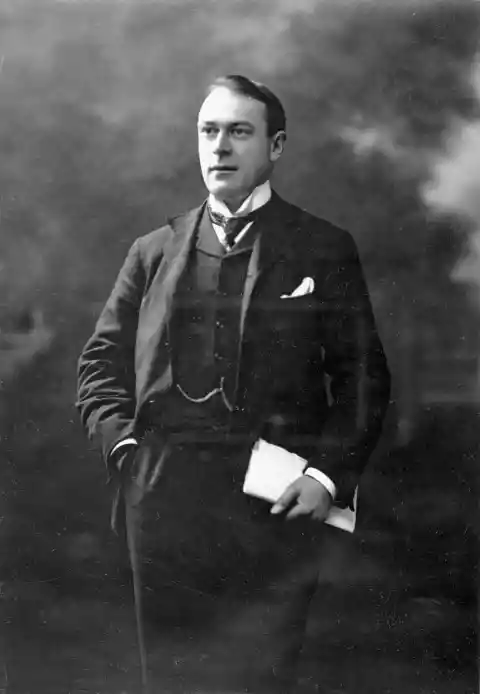
Thomas Andrews is the naval architect who designed the Titanic and he happens to be one of the many victims who perished in the freezing waters of the North Atlantic Ocean. He had actually alerted that the ship could be vulnerable to icy waters and had even suggested buying way more lifeboats, but his idea was dismissed in order to cut down the costs.
#14. Alexander Bogdanov’s Blood Transfusion Method
Born in Russia, Alexander Bogdanov was a famous philosopher, writer, and physician. Not only was he an icon within the science fiction genre, but he also played a key role in the invention of a modern method of blood transfusion.
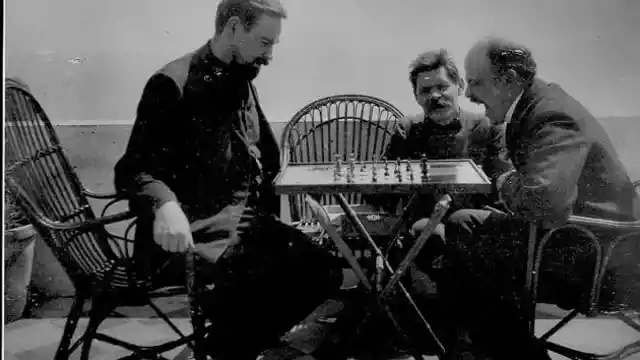
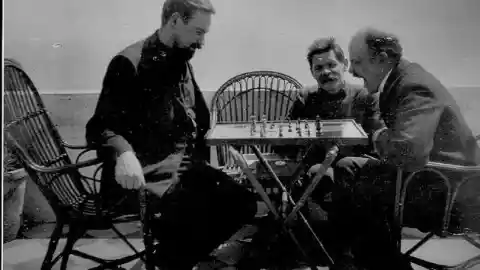
As crazy as it sounds, Bogdanov tried his blood transfusion method on himself a few times, exchanging his blood for that of a young man. But one day, he swapped his blood with that of a boy who suffered from malaria, causing him to fall ill and die shortly.
#13. Jean-François Pilâtre De Rozier’s Hot-Air Balloon
While airplanes are currently one of the safest means of transportation, hundreds of people have lost their lives in plane accidents throughout the 20th century. Allegedly, the first person to die in an aviation accident was French inventor Jean-François Pilâtre de Rozier.


Pilâtre de Rozier went down in history for having created the hot air balloon. He and his friend Pierre Romain lost their lives when their hot air balloon crashed while trying to cross the English Channel, thus becoming the first two recorded casualties of all time.
#12. Franz Reichelt’s Parachute
In 1910, a French aviator known as Colonel Lalance offered a hefty 10,000-franc fortune for anyone who could design a parachute for pilots. The Austrian tailor Franz Reichelt took up the challenge and created the first lightweight wearable parachute.

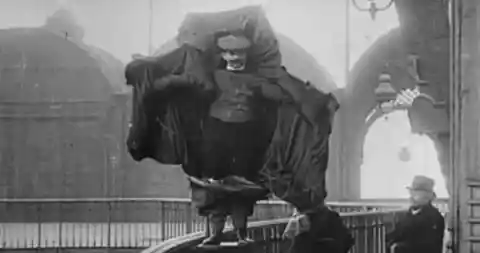
Reichelt had the crazy idea of testing his breakthrough flying device by jumping from the top of the Eiffel Tower. A multitude gathered around the tower to witness the event, but sadly for Reichelt, only half of the parachute opened and he plummeted to the ground, dying in the instant.
#11. Horace Lawson Hunley’s Submarine
While the first practical submarine was built in The Netherlands in 1620, the first combat submarine was built by Horace Lawson Hunley in 1863 and it was used by the Confederate forces during the American Civil War. It was named H.L. Hunley in honor of its creator.
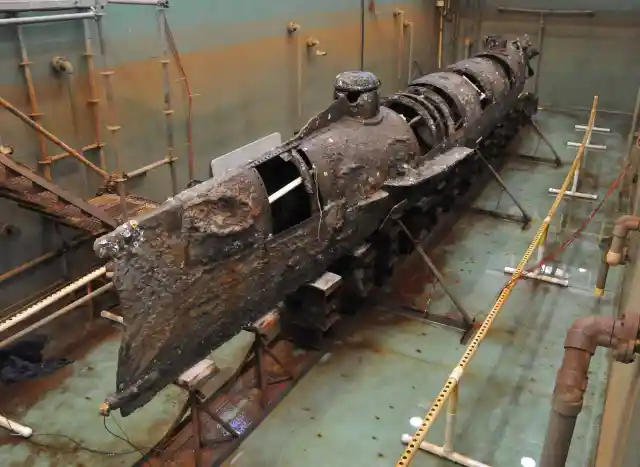

The first testing of the H.L. Hunley ended in a tragedy, as 5 out of the 9 soldiers on board drowned to death when a wave flooded in the vessel through an open hatch. On October 15, 1863, the H.L. Hunley was tested for a second time, only this time Hunley himself chose to go onboard. The vessel tragically sank and all the passengers on board perished, including Hunley. It was not until 1864 that the H.L. Hunley managed to sink down an enemy vessel for the first time.
#10. Sylvester Roper’s Steam-Powered Bicycle
The American engineer Sylvester Roper invented the first motorbike in history, although it was quite different from the bikes we know today. It was actually a steam-powered bicycle, which was basically an ordinary pushbike, but with a steam engine attached to it.
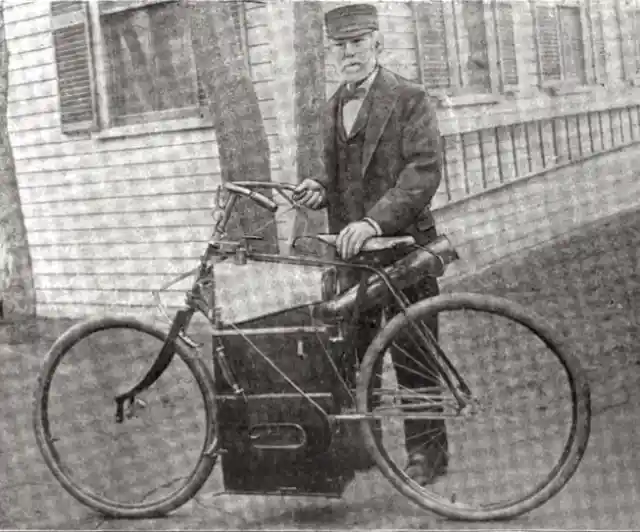
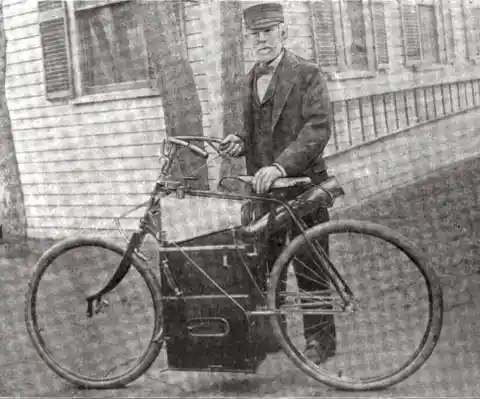
But apart from being a talented inventor, Roper was also quite a sportsman, so he would frequently show off his creation at a famous bike track located in Boston. But one day, in 1896, he was riding his bike at a speed of over 40 miles per hour, when he staggered and fell down, smashing his head against the track.
#9. Max Valier’s Rocket-Powered Car
Austrian scientist Max Valier had always dreamed of traveling from Germany to the United States in one hour max. He worked as an aerial observer for the Austro-Hungarian army during World War I, but once the war ended, he set out to design the first rocket-powered car in history.
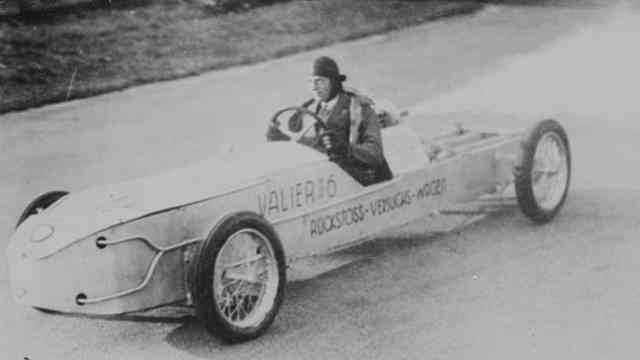

With that aim in mind, he teamed up with the famous automobile mogul Fritz von Opel, who helped Valier to equip cars with solid-fuel rocket motors. He followed out the first test drive in 1930, but although it proved to be a success, he tragically died in his laboratory when one of his rockets exploded. Talk about bad luck!
#8. Li Si’s Five Punishments
Often regarded as one of the most influential political leaders in Chinese history, Li Si served as a Chancellor for nearly 40 years and for two different Emperors. However, he’s most famous for having invented the Five Punishments.


However, little did he expect that he would eventually be executed by the brutal legal system he created. In 208 BC, he was arrested and accused of plotting to prevent Fusu from being crowned as Emperor. He was thus subjected to torture and then sentenced to death by being sliced up in two.
#7. Louis Slotin’s Atomic Bomb
Ever wondered who were the masterminds behind the creation of the atomic bomb? Louis Slotin was one of the many scientists who formed the secret team in charge of developing the bombs that were later dropped at Hiroshima and Nagasaki.
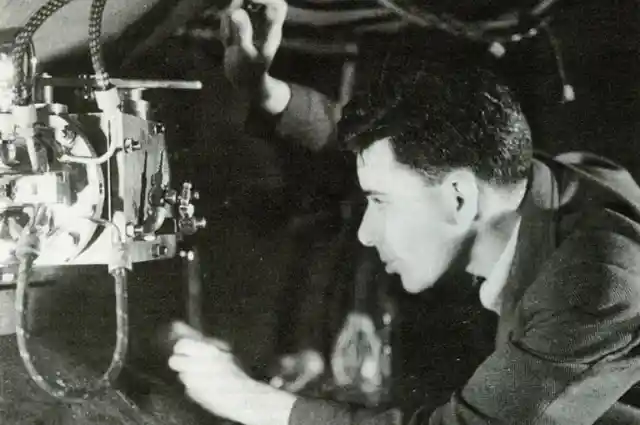
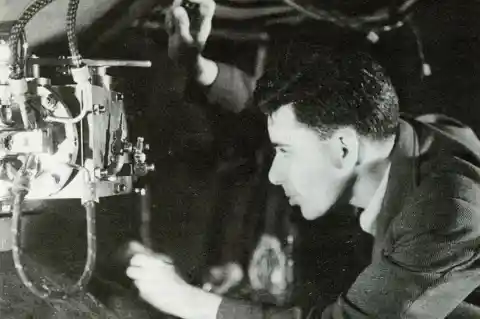
He also worked at the famous Los Alamos National Laboratory and spent most of his career in trying to find the critical mass value of plutonium. He tragically lost his life in May 1946 while carrying out fieldwork in his lab due to exposure to radiation, after inducing a fission reaction by accident.
#6. James Douglas’ Guillotine
James Douglas went down in history as the man who created the guillotine, a device designed during the Middle Ages to carry out executions in the most efficient way possible. But what’s the story behind this breakthrough invention?
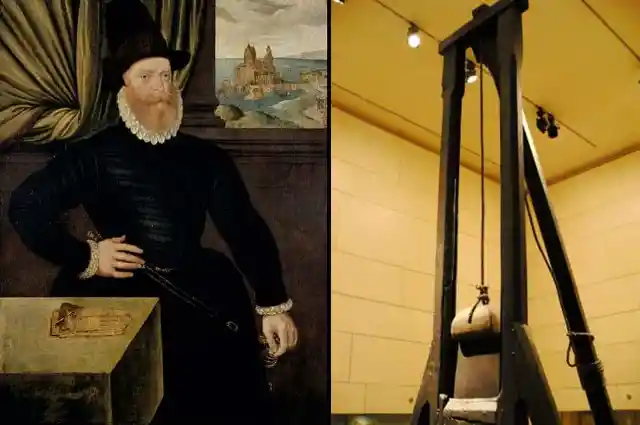

In 1564, the local authorities of Edingburgh were longing for an efficient killing machine, so they invited creators to submit their own ideas and designs. James Douglas took on the challenge and designed the guillotine, which was meant to cut off a person’s head in an instant. Little did he imagine that he would later be charged for plotting murder and executed with the very same machine he had created decades earlier.
#5. Henry Winstanley’s Lighthouse
English engineer Henry Winstanley left his mark in history after building the Eddystone lighthouse. While the first lighthouse was created by the Egyptians nearly two millennia ago, what made this one so special was that it was located on Britain’s Eddystone rocks, one of the most dangerous and rockiest coastlines in the world.


In fact, many of his friends tried to dissuade him from pursuing his plan. The thing is, the rocks were so inaccessible that any attempt to erect such a structure amid the sea seemed like an impossible and deadly feat. To everyone’s surprise, the lighthouse was successfully built in three years and it helped hundreds of ships steer clear of the rocks. However, in 1703, a devastating storm destroyed the lighthouse when Winstanley and four other men were inside, and none of them made it out alive.
#4. Ismail Ibn Hammad Al-Jawhari’s Wings
Ismail ibn Hammad al-Jawhari (if only I were given a dollar each time I said his name correctly!) was a Turkish author and lexicographer who specialized in the Arabic language. But it seems that he was a man of many passions, as he also grew interested in flight.


He came up with a prototype glider like the one shown on the photo, but guess what? His invention proved to be completely useless, as he died on the first test flight. He tried it by jumping from the top of a mosque, but plummeted to the ground and died instantly.
#3. Thomas Midgley Jr’s Rope And Pulley System
Thomas Midgley may well be regarded as one of the most brilliant inventors in history, as he has patented more than 100 creations. But ironically, out of all his groundbreaking inventions, he was killed by the most boring of them all.
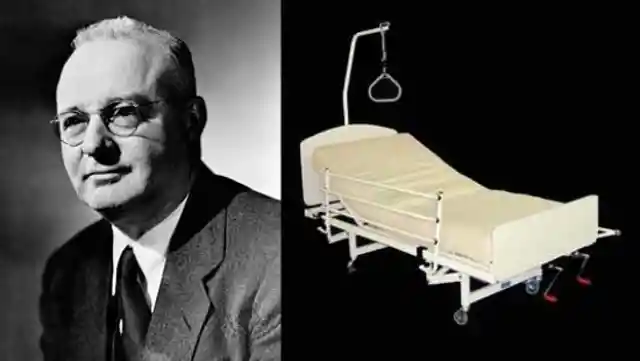

In 1940, he was diagnosed with polio, which debilitated his muscles and left him disabled. But the man was keen to continue working, so he came up with this ingenious system of ropes and pulleys which was meant to help him sit up and get out of bed without help. But against all odds, he got tangled in the ropes and was strangulated to death.
#2. Karel Soucek’s Padded Barrel
Karel Soucek was a Canadian stuntman who went down in history after dying in the stupidest way you can think of. He invented his own shock-absorbent padded barrel and set out to test it by being shoved off the roof of the Houston Astrodome.


According to his plans, he was meant to land in a water tank and the barrel was meant to absorb the shock. However, things didn’t go out as planned, as the barrel hit the edge of the tank before finally landing on the water. Even though he survived the impact, he died a few days later.
#1. Marie Curie’s Research On Radioactivity
Marie Curie is one of the most brilliant scientists of all time, and that’s a fact. The Polish scientist became the first female to ever win a Nobel Prize in 2 different disciplines, but her effort came at a cost.

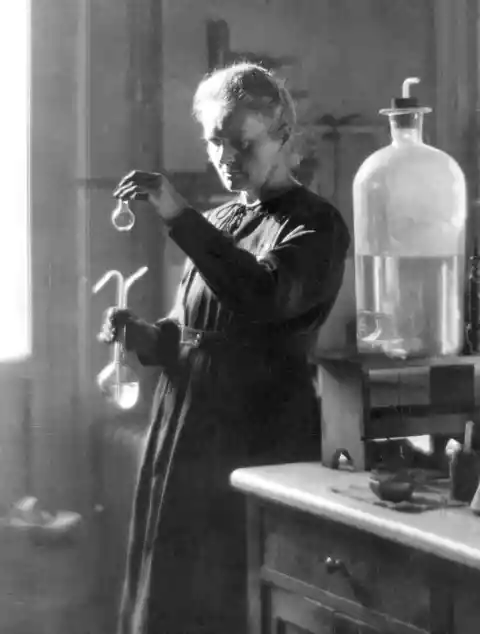
As you probably know, she carried out most of her fieldwork on radioactivity and is acknowledged for having discovered the radioactive properties in polonium and radium. However, at that time, the dangers of exposure to radioactive substances were yet unknown. Curie would keep radioactive material on top of her desk and even inside her pockets, and this took a toll on her health and prompted her early death.